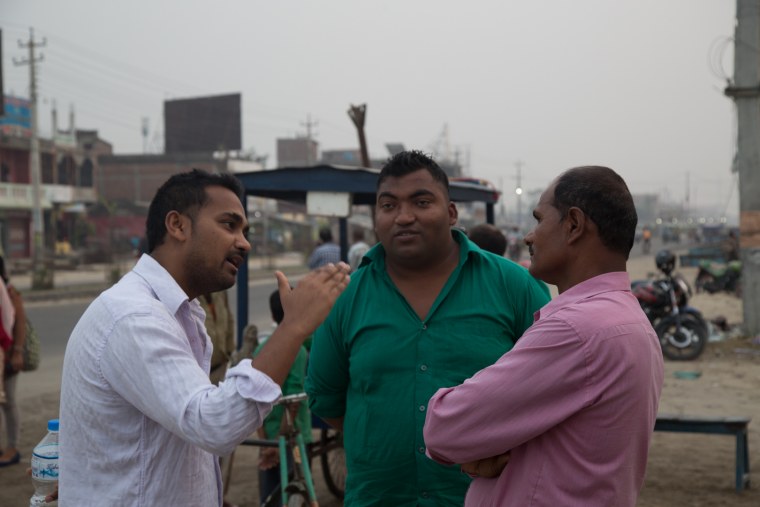This is the first installment of a two-part series out of Nepal. Read the second installment here.
JANAKPUR, Nepal — It’s been almost 10 years since Ravi Kumar has been home for the holidays.
Kumar, 28, was born and raised just outside the city of Janakpur in the Terai region of Nepal. In 2007, he left to study in the United States, but through the nonprofits Code for Nepal and Grassroots Movement in Nepal that he helped found, he never forgot his roots.
But in November, when Kumar returned to Janakpur for the Tihar holidays he decided to make his trip more than one of just relaxation.
“I want them to succeed,” Kumar told NBC News, about Janakpur, “and I want my hometown to be a prosperous and peaceful place.”
Since the April and May earthquakes that rocked Nepal, reconstruction efforts have received an overwhelming amount of support from around the world. But in the months since the destruction, Nepal has also been slammed with a different kind of earthquake — not one below the earth’s crust, but above ground in the hearts of an ethnic group that claim to be among the most marginalized in the country: the Madhesis.
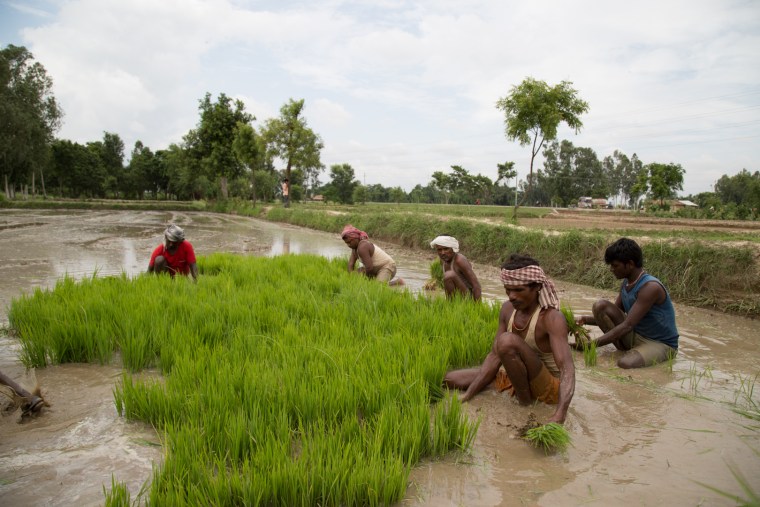
A New Constitution Brings New Protests
On Sept. 20, Nepal’s new constitution went into effect amid celebrations throughout Kathmandu, but in the country’s dusty southern plains of the Terai, home to more than 50 percent of Nepal’s population, the day was not met with cheers. Occupants of this area, who had already felt that they were marginalized, argued that the discriminatory policies continued in the new constitution reinforced their communities as an unwanted and uninvolved part of the country.
Though Madhesis make up roughly 33 percent of Nepal’s population, and the Terai region in which they inhabit produces more than 45 percent of the country’s GDP, representation in the government is low and developmental investment in the region is disproportionate.
Particularly contentious in the new constitution is a creation of federal provinces that place Madhesis at an enormous voting disadvantage to ruling ethnic groups in all but one of Nepal’s seven new provinces — a move that Madhesis feel is an attempt to eliminate them from having political influence in the country.
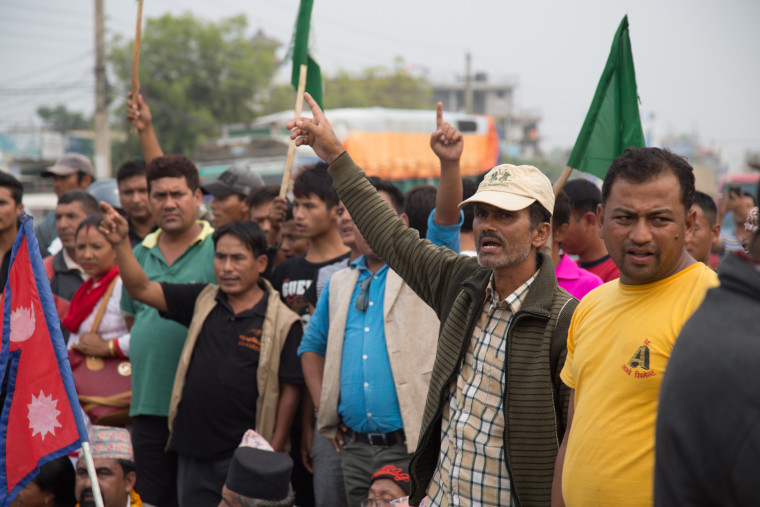
Since the promulgation of the new constitution, a blockade supported by Madhesi protesters and an economic shutdown in the Terai region have all but stopped the flow of life in the country, proving to be an even bigger economic disaster than the initial destruction caused by the spring earthquakes. Due to the obstruction of ground transportation, hospitals have faced supply shortages across the country and, last month, UNICEF released a report that estimated more than three million children under the age of five will be at risk of death or disease in the upcoming winter months due to “a severe shortage of fuel, food, medicines and vaccines.”
In the past four months, more than 50 have lost their lives in these protests, the majority of them being Madhesis. International organizations such as the United Nations, Human Rights Watch, and Amnesty International have voiced their concerns over the crisis, yet little action or reform has come as a consequence.
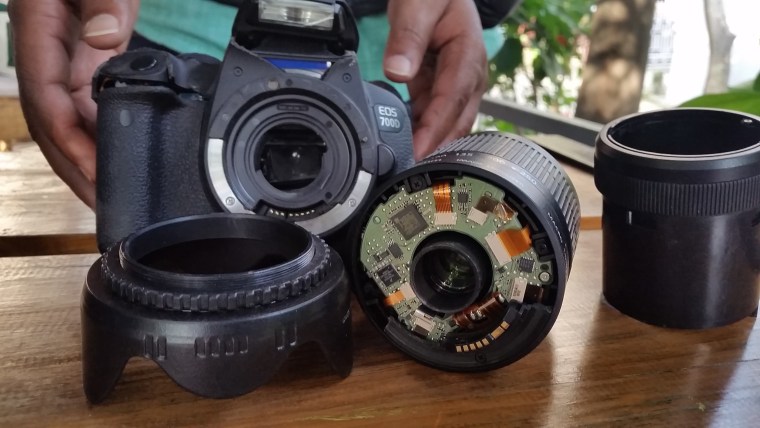
Nepal has been in need of a new kind of reconstruction volunteers — people who cared about the Madhesi people’s concerns, and could help bring peace and positive change to the country. From the U.S., Kumar had contributed to the organization of a crowdfunding program to buy a new camera for Bikram Rauniyar, a Madhesi journalist whose camera was reportedly smashed by police for photographing the beating of a fleeing protester.
The day after Kumar’s arrival in Nepal, on Nov. 8, Kumar attended an event to give the new camera to Rauniyar, and the following day, on the first day of Tihar, he set out to visit his family’s home in the Terai where he set his sights on trying to make a positive impact.
A New Generation Affected
The Terai region is flat, dusty, and extremely hot in the summer. It is the opposite of what one might think about when envisioning Nepal and the snow-capped Himalayas that often create the imagery associated with the country.
In the center of Janakpur sits Janaki Mandir, a colorful Hindu temple appearing in the ancient epic Hindu poem, the Ramayana.
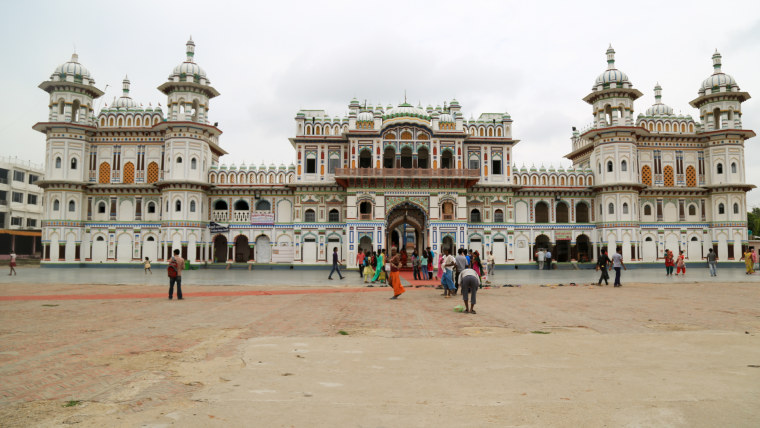
“I wanted to speak with local leaders to demand schools to be reopened, and to give people a platform that would refocus protests to more peaceful means."
To an American, Tihar celebrations may look like something of a cross between Christmas, Halloween, and the Fourth of July, all wrapped into one five-day-long festival. Long strands of colorful lights hang from the city buildings and the incessant sounds of firecrackers boom through the streets. Children go door-to-door to sing carols and collect small cash prizes for their efforts that add up to sizable sums by the end of the night. In the Terai, hundreds of banana trees are cut down and decorated with candles to make what look like tropical Christmas trees to decorate the entrances of shops and line the streets of the city. Diagrams created with colored powder and candles decorate the entrances of shops and homes.
This year, the festivities were outwardly joyful, but to those who knew of the political situation, there was an invisible layer of sadness that permeated the air. Though the children seemed to be enjoying themselves, it had been almost 100 days since all schools in the region had been shut down due to safety concerns caused by political protests.
Many young children had begun filling their days with work in order to help support their families, and it was clear that a new generation was becoming not only uneducated, but politically radicalized. Where children in this region would once greet elders by touching their feet — a sign of respect in South Asian culture — they were now saluting and saying “Jai Madhes,” a phrase that translates literally to “Long live Madhes.”
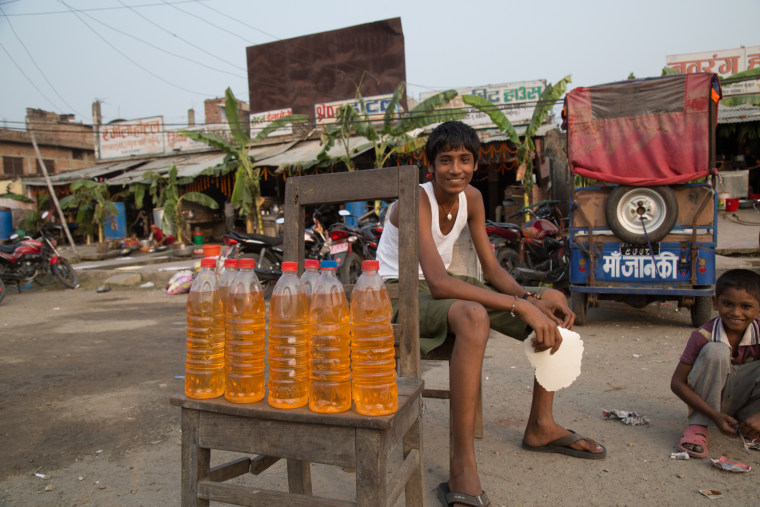
But in the modern climate within the Madhes, the phrase carries connotations of a Madhes being in opposition to Kathmandu and the northern parts of Nepal that have come to dominate the country’s political system.
Since September, children in the Terai have increasingly been involved in protests, either through direct participation or due to the fact that they have not been able to attend school.
“This is unacceptable,” Kumar told NBC News. “How do the leaders here expect the region to have a good future when they’re willing to put their own children on the front lines of destruction?”
After arriving back in Nepal and seeing the situation from the ground, Kumar’s goals became clearer. “I wanted to speak with local leaders to demand schools to be reopened, and to give people a platform that would refocus protests to more peaceful means,” he said.
When he arrived in Janakpur, Kumar had just 10 days to work on the ground. He planned to speak to leaders, to visit schools, and to rally support to shift protests to a movement of peace. But how receptive the community would be to his ideas — he would have to wait and find out.
